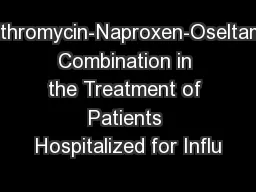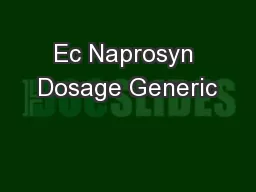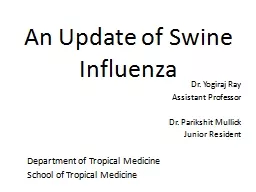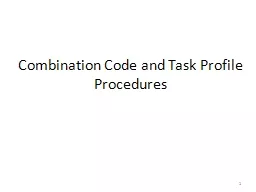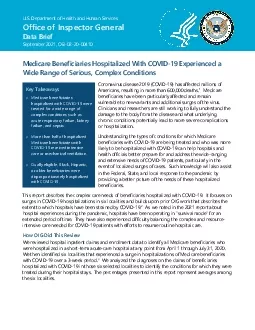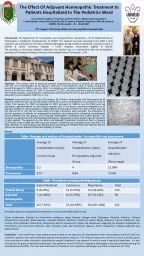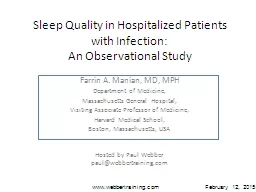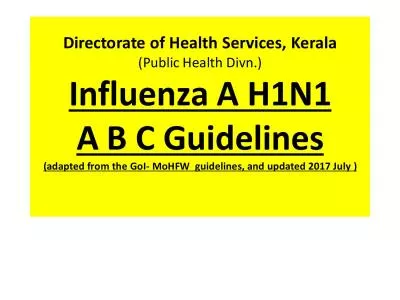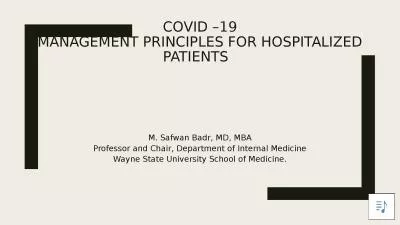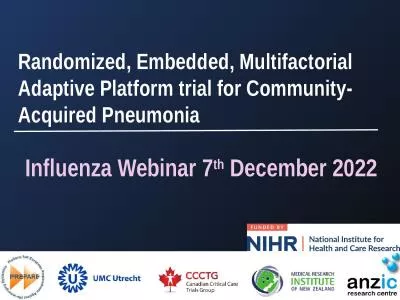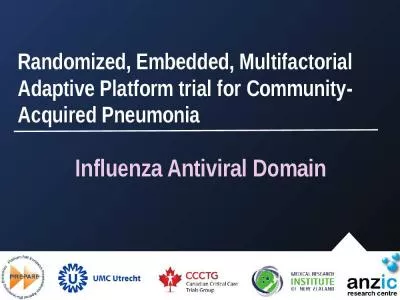PPT-Clarithromycin-Naproxen-Oseltamivir Combination in the Treatment of Patients Hospitalized
Author : risilvia | Published Date : 2020-06-17
John Park PGY1 Hung IFN et al Efficacy of clarithromycinnaproxenoseltamivir combination in the treatment of patients hospitalized for influenza AH3N2 infection
Presentation Embed Code
Download Presentation
Download Presentation The PPT/PDF document "Clarithromycin-Naproxen-Oseltamivir Comb..." is the property of its rightful owner. Permission is granted to download and print the materials on this website for personal, non-commercial use only, and to display it on your personal computer provided you do not modify the materials and that you retain all copyright notices contained in the materials. By downloading content from our website, you accept the terms of this agreement.
Clarithromycin-Naproxen-Oseltamivir Combination in the Treatment of Patients Hospitalized: Transcript
Download Rules Of Document
"Clarithromycin-Naproxen-Oseltamivir Combination in the Treatment of Patients Hospitalized"The content belongs to its owner. You may download and print it for personal use, without modification, and keep all copyright notices. By downloading, you agree to these terms.
Related Documents

